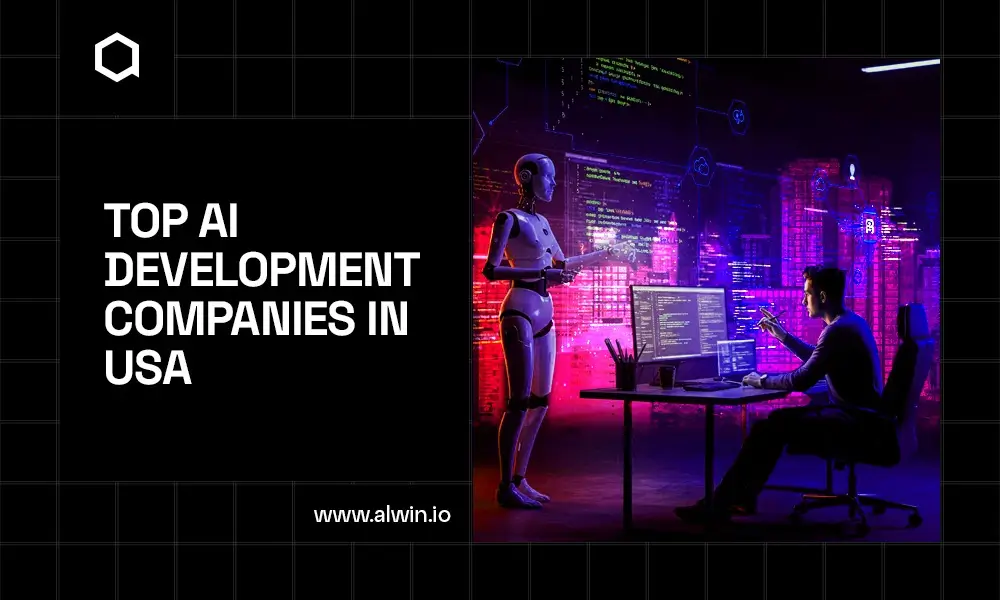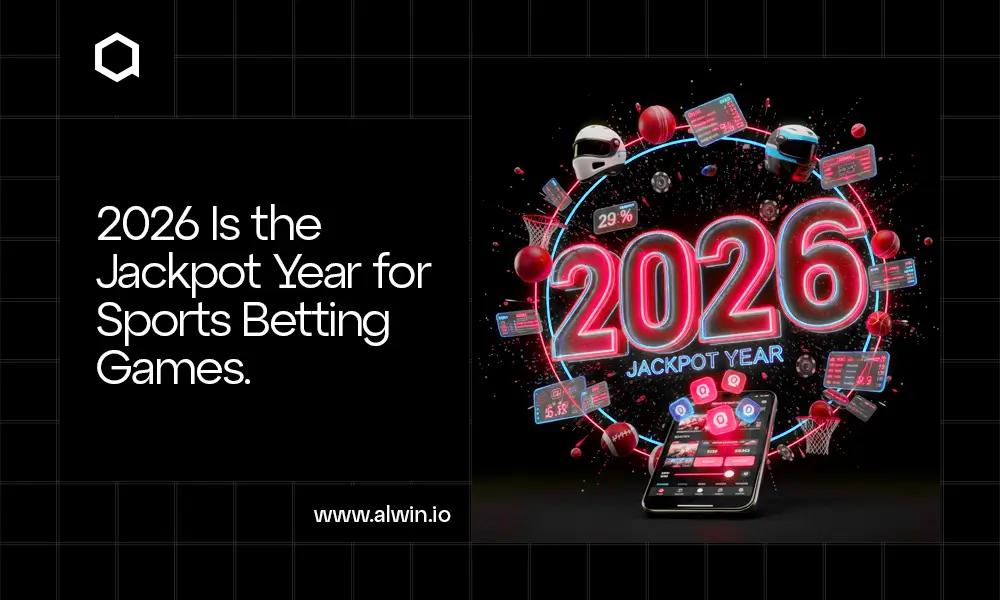The Minima blockchain is making tides as a pioneering approach to achieving complete decentralization on Layer 1, addressing the need for truly distributed networks in the crypto world. A shift toward a decentralized ecosystem where each participant has equal control is promised by Minima's model. As blockchain technology continues to grow, so too does the demand for solutions that offer security, transparency, and user sovereignty.
Statistic data shows that global blockchain adoption is climbing, as markets like DeFi and NFTs propel decentralized networks into the mainstream. The minimal node requirement has garnered significant interest within the technology community, positioning Minima as a game-changing technology in the year 2025. It could be the next major step towards a fully decentralized network model, advancing a vision for a future where user empowerment is the core of blockchain technology.
What is Minima Blockchain?
Minima is a blockchain designed to achieve complete decentralization. Its primary aim is to establish a peer-to-peer network where every device can function as a node. Minima enables users to contribute directly to the network without the need for specialized hardware. Traditional blockchains typically rely on extensive, centrally controlled nodes or validators, whereas Minima's approach is unique in that each user is integral to the core operation, so no single party holds absolute authority over the network.
The purpose of this decentralized design is to maintain Minima's fairness and protection against censorship. Since everyone has equal access to the network, it aligns closely with the original vision of decentralization in blockchain technology.
Key Features that Set Minima Blockchain
Several innovative features distinguish Minima Blockchain from the rest of the blockchain ecosystem. Get to know the ultimate features that Minima blockchain offers,
Complete Decentralization
Minima allows every user device to function as a node, unlike traditional blockchains. This makes it one of the few blockchain networks that embrace decentralization on a peer-to-peer level, where each participant helps secure and verify the network without relying on central servers or specialized validators.
Lightweight Protocol
The protocol is designed to work on everyday devices, like smartphones and tablets. This low-cost strategy boosts accessibility and lowers the entry hurdle for new users, promoting widespread participation without requiring costly mining gear.
Enhanced Privacy and Security
Keeping the network distributed and avoiding central control increases the network's resistance to censorship and outside interference. Data and transactions remain secure and private across the network.
Scalability on Layer 1
Minima structure as a Layer 1 blockchain includes built-in solutions to handle more transactions while keeping transaction speeds high. A decentralized network needs to support a growing user base without sacrificing speed or efficiency.
User-Friendly Development Environment
Developers can build applications directly on Minima's network with tools and frameworks provided. It's easier to create decentralized applications that can operate flawlessly on Minima's decentralized infrastructure with this open-access approach.
Proof-of-Work Consensus
Minima uses proof-of-work in a unique way that doesn't require massive energy consumption. This helps balance security with sustainability, making it a more eco-friendly option compared to traditional proof-of-work models.
Global Accessibility
Minima wants to bring blockchain technology to people worldwide, even in areas with limited access to high-tech infrastructure, with its mobile-friendly design and ease of access.
Minima is a noteworthy player in the movement toward a more inclusive and decentralized ecosystem because of these features.
Benefits of Minima’s DePIN-Focused Layer-1 Approach
Minima's DePIN (Decentralized Physical Infrastructure Network)-focused Layer-1 blockchain offers several key benefits that utilize decentralized technology to power physical infrastructure and services.
True Peer-to-Peer Decentralization
The Layer-1 approach allows each device to participate fully in the network, supporting infrastructure decentralization without intermediaries. This enables users to interact directly with the blockchain, which increases privacy and minimizes centralized control points.
Increased Accessibility and Efficiency
The ability of everyday devices to function as network nodes allows for broader participation in infrastructure management. Users can connect and contribute with standard smartphones or other gadgets, making the network accessible even in areas with limited financial resources.
Scalability with Minimal Energy Impact
Minima's DePIN framework is a low-energy protocol that can expand with growing infrastructure needs. Minima's infrastructure is designed to make things sustainable, which makes it a good choice for environmentally conscious development and global expansion.
Support for Decentralized Applications
Minima’s Layer-1 blockchain provides a foundation for building diverse decentralized applications (dApps) tailored to physical infrastructure networks. Developers can create applications that utilize physical assets and services, enabling new business models and revenue opportunities that maximize decentralized infrastructure's potential.
Improved Infrastructure Resilience
DePIN-based infrastructure is less susceptible to disruptions than centralized networks because it can rely on multiple nodes in different locations. This resilience is important for applications like decentralized wireless networks, energy grids, and IoT ecosystems, where network continuity is essential.
Emerging Use Cases for Minima Blockchain
There are several promising future use cases for the Minima Blockchain due to its emphasis on decentralization and energy efficiency. There are a few ways you can use it.
Decentralized IoT Networks
The lightweight and secure architecture of Minima allows connected devices to communicate directly and securely without centralized intermediaries. The reliability and privacy of IoT systems in fields like home automation, smart cities, and industrial monitoring can be improved by this.
Energy Trading on Microgrids
Local, peer-to-peer energy trading within microgrids could be enabled by Minima. Minima's blockchain could be used to trade surplus energy with neighbors securely and transparently, fostering a more sustainable and resilient energy infrastructure.
Healthcare Data Exchange
Minima can also facilitate the secure sharing of healthcare records between patients and providers, giving patients control over who can access their data. Reducing data leaks and promoting patient privacy would be achievable through the Minima blockchain.
Decentralized Finance (DeFi)
Minima's structure encourages distributed financial services, allowing users to engage in lending, borrowing, and trading without the need for middlemen. The emphasis on true decentralization by Minima could be particularly appealing for financial inclusion, providing unbanked individuals with readily available financial aid.
Supply Chain and Asset Tracking
A secure, tamper-proof record of product histories from origin to end-user could make supply chain management more transparent. Industries that require authenticity tracking, like high-end goods, pharmaceuticals, or eco-friendly production, would benefit from this.
Decentralized Voting
The secure, unalterable ledger of Minima could support trustworthy digital voting systems, enabling anonymous, transparent, and tamper-proof elections. Improve voter trust by doing this for local, corporate or national elections.
NFTs and Digital Asset Management
The creation, sale, and transfer of digital assets and NFTs can be supported by Minima. This would allow artists and creators to maintain control and ownership over their works, allowing them to interact directly with buyers.
Decentralized Communication Networks
Peer-to-peer communication systems where users can interact securely without a central authority can be fostered by the Minima blockchain. This could be helpful in settings where censorship or surveillance is a concern, allowing for uncensored information sharing.
The innovative Layer 1 design of Minima holds the potential to transform distributed applications in these and other areas, opening up new possibilities for safe, eco-friendly, and user-centered blockchain innovations.
Ending Thoughts
In a world where decentralization is gaining prominence in the blockchain industry, Minima is making significant advancements by introducing a fully decentralized, Layer 1 solution. Its unique approach, which emphasizes self-sovereignty, lightweight architecture, and secure consensus, makes it a leading contender for future-proof blockchain applications. Minima's capabilities could transform the potential of blockchain across industries, making it accessible, efficient, and user-controlled.
Minima's technology could be used for peer-to-peer energy trading, decentralized IoT networks, or truly autonomous DeFi solutions. This blockchain is not only designed to meet today's needs, but also to support tomorrow's decentralized aspirations. For those who are interested in exploring novel avenues in blockchain, Minima is undoubtedly a project that warrants close attention.



